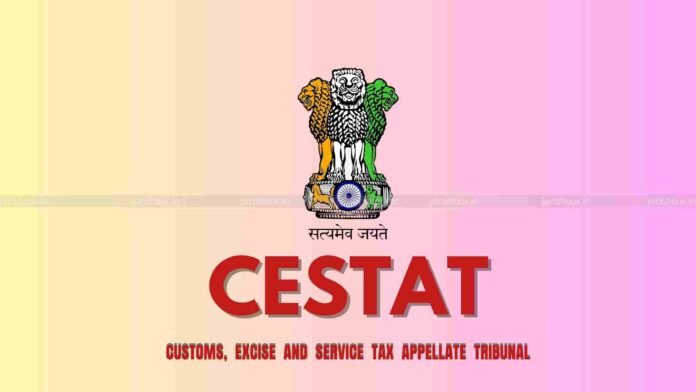In a major ruling with implications for India’s telecom sector, the Customs, Excise & Service Tax Appellate Tribunal (CESTAT), New Delhi, has held that imported optical transport network (OTN) components should be classified as parts rather than independent telecom apparatus.
The bench of Justice Dilip Gupta (President) and P.V. Subba Rao (Technical Member) applied the judicially established “twin test”: firstly, whether the goods have a separate identifiable function, and secondly, whether they are capable of independent operation.
The dispute originated from a show cause notice issued in May 2020 concerning 133 Bills of Entry filed at Delhi’s IGI Airport and ICD Tughlakabad between 2016 and 2019. The imports mainly included Populated/Loaded PCBs (classified by the importer as parts under CTI 8517 70 10), Modules other than PCBs (classified under CTI 8517 70 90), and Routers (classified under CTI 8517 69 30).
The customs authorities, however, took the position that these were not mere “parts” but complete telecom apparatuscapable of independent functioning, and reclassified them under CTI 8517 62 90, which covers machines for the reception, conversion, and transmission of data.
The reclassification triggered a significant duty liability since parts under CTI 8517 70 generally enjoy concessional or nil rates, whereas apparatus under CTI 8517 62 90 attracts 10–20% duty. The Commissioner also invoked the extended limitation period under Section 28(4) of the Customs Act, 1962, alleging misclassification and suppression of facts, and imposed penalties under Sections 112(a) and 114A.
The importer argued that the cards and modules had no independent function and could operate only when inserted into the OTN chassis. Each card had a designated slot and was useless outside the main equipment. Routers were already covered under a specific tariff entry (8517 69 30) valid during 2016–2019. Past rulings in cases involving Vodafone Idea, Ciena Communications, and Reliance Jio had already established that such components must be treated as parts.
On the other hand, the department argued that the classification was determined by the function of the product itself, not by whether the main OTN system could run without it. Line cards, optical modules, and routers all performed transmission and reception functions, thus qualifying as complete apparatus under 8517 62. The extended limitation period and confiscation were justified due to alleged misdeclaration.
The Tribunal observed that the imported cards and modules only function when slotted into the OTN chassis and draw power, software control, and integration from the main system. As such, they cannot perform telecom functions independently.
Citing past rulings involving Vodafone Idea, Ciena Communications, and Reliance Jio, the Tribunal reaffirmed that similar modular components in telecom equipment were correctly classified as parts under CTI 8517 70 10/90. It also held that routers imported during 2016–2019 were correctly classified under CTI 8517 69 30.
By setting aside the Commissioner’s order, the Tribunal nullified the demand for differential duty, interest, penalties, and possible confiscation.
Case Details
Case Title: M/s Fiberhome India Private Limited Versus Principal Commissioner of Customs
Case No.: CUSTOMS APPEAL NO. 50153 OF 2024
Date: 29.09.2025
Counsel For Appellant: Arjun Raghvendra M.
Counsel For Respondent: Mihir Ranjan, Special Counsel

